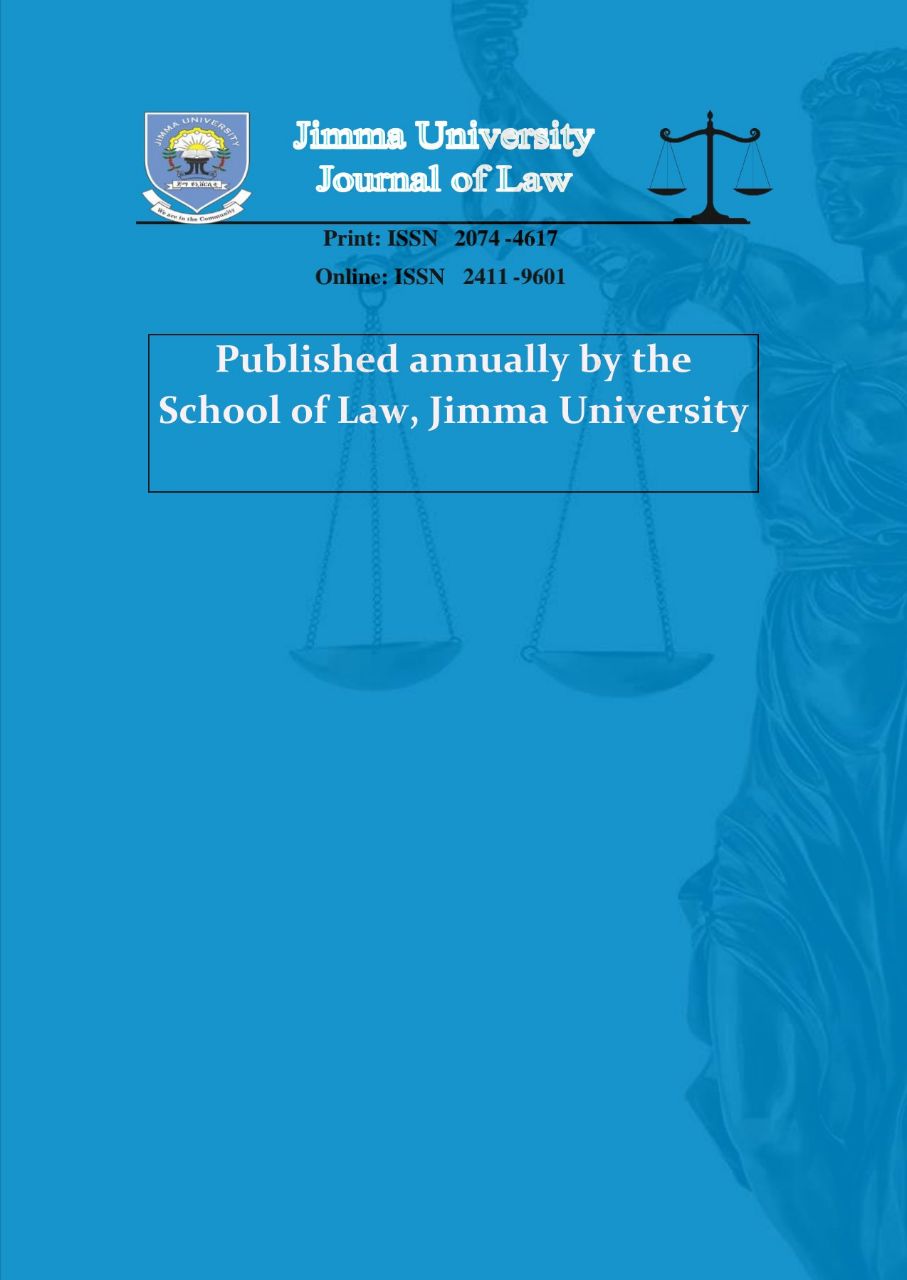Economic Analysis of Law fuse’s is “lit by Coase and fanned by Calabresi, ignited in US law schools with the work and views of Richard Posner in the 1970’s
Abstract
The application of microeconomics principles to analyze a range of laws dubbed as “Economic Analysis of Law” is the most innovative legal reasoning. Law and Economics notion of tort law stipulates that accident costs constitute negative externalities. Harm is an externality that reduces the utility of injured parties. As harm is a downward shift in victims’ utility function liability rules should be designed to maximize total welfare through internalization of externality via incentives. The economic analysis of tort law concerns cost minimization to maximize social wealth. Optimal care and optimal activity maximize society’s wealth. The purpose of this article is to examine the economic analysis of Ethiopian Negligence and Strict liability law using economic efficiency as an explanatory tool to study the incentive these liability laws offer to individuals to alter their behavior. This Article contributes suggestions for the amendment endeavor of the Extra-Contractual Liability portion of the Civil Code. Furthermore, it provides suggestions to courts to entertain economically informed decisions employing law and economics insights to practically resolve a case. It is argued that Ethiopian liability law adopts uniform reasonable man standard to avoid tertiary cost. In doing so, the author employs a doctrinal research methodology.




